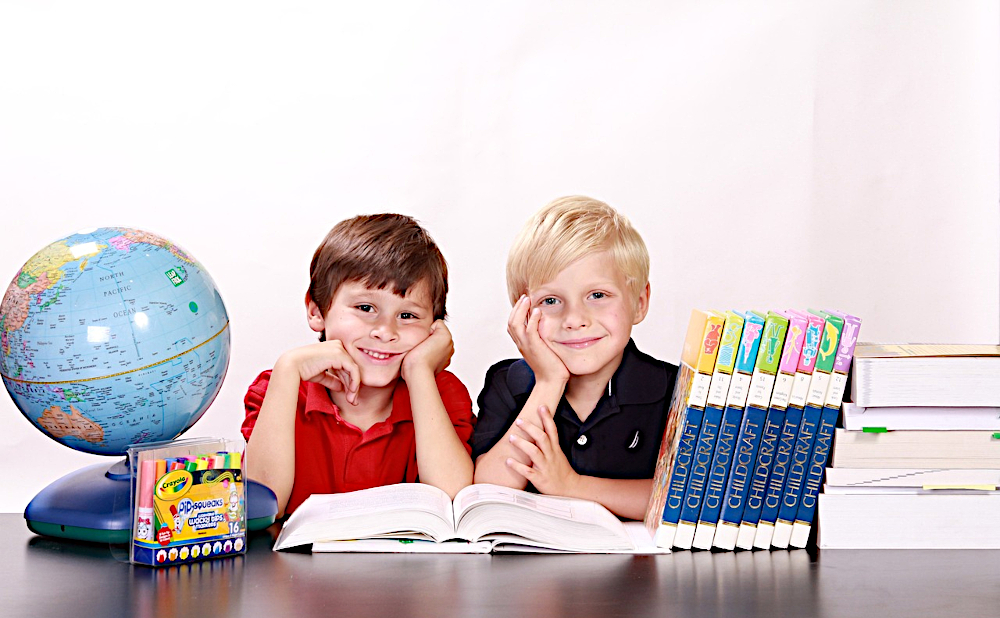The Influence of Social Media on Modern Education: How it can Make Learning Easier for Students and Teachers |
 Social Media
Social Media
Social media makes it easier for students to work together on school projects. Instead of meeting up in person, students can use platforms like Google Classroom to share ideas, documents, and feedback. This means you can collaborate with classmates no matter where you are.
Example:
Imagine working on a science project with friends from different schools. You could use a group chat on your social media platform or a shared Google Doc to brainstorm and organize your ideas, even if you’re not in the same room.
Social media is a great place to find extra learning materials. Teachers and experts share videos, articles, and tutorials on sites like YouTube. This means you have access to a ton of educational resources that can help with your studies.
Example:
If you’re struggling with math, you can find helpful tutorials on YouTube that break down tricky concepts in a way that’s easy to understand.
Teachers and education professionals use social media to share tips, discuss new teaching methods, and connect with others in their field. Platforms allow educators to exchange ideas and stay updated on the latest trends in teaching.
Example:
A teacher might join a chat about new ways to teach history, gaining fresh ideas that they can use in their own classroom.
Social media can make learning more exciting. Platforms let students create fun projects and share their work in creative ways. Teachers can use these platforms to design engaging assignments that fit students’ interests and skills.
Example:
A teacher might ask students to create a YouTube video about an historical event, making the project both fun and educational. Students get to use their creativity while learning about history.
This has another advantage. Students can learn about YouTube, how to use it, upload videos, and search for videos. There is some very, very valuable information on YouTube. As they get later in life, these skills will be priceless to them.
While social media can be helpful, it’s important to learn how to use it safely and responsibly. Students should be taught how to spot fake information, protect their privacy, and stay focused on their studies.
Example:
Lessons on digital citizenship might cover how to check if information online is true, how to keep personal details private, and how to communicate respectfully with others.

Social media can also be distracting. The constant stream of notifications and fun posts can make it hard to concentrate on schoolwork. Finding ways to manage social media use can help students stay focused.
Example:
Students might use apps that block social media during study time, helping them stay on task and get their homework done without distractions.

Social media is changing the way we learn and teach in many exciting ways. It helps students work together, find extra learning resources, and make education more engaging. However, it also brings challenges, like distractions and the need for digital skills. By using social media wisely and responsibly, students and teachers can make the most of these tools and improve the learning experience.
So next time you log in to your favorite social media platform, remember that it’s not just for fun. It’s also a powerful tool that can help you learn and grow in school!
I hope this article has helped you.
Thank you for visiting us. Please visit us again. You are always welcome.
AND:
Remember! At SurfSideSafe, we are here to make your life much better.

Upload☻Create☻Connect
All in one place
And we actually listen
👉 See why people are making the switch